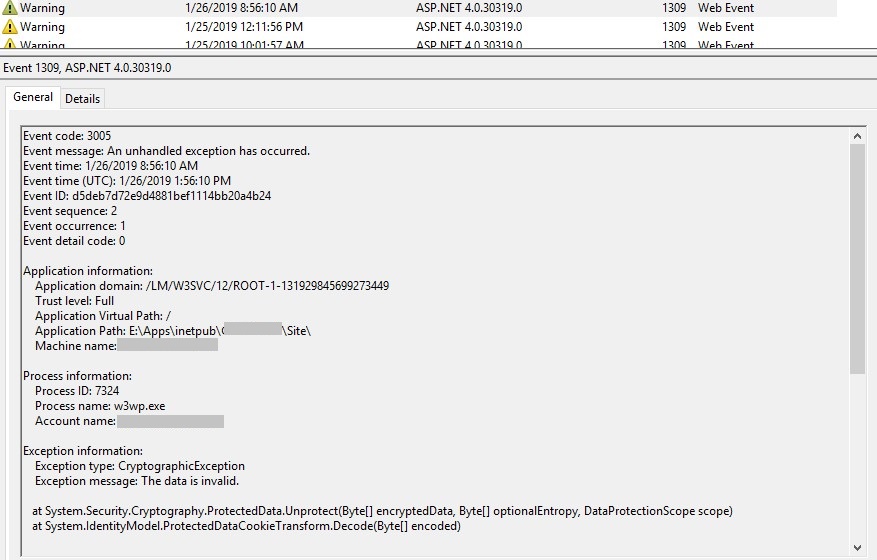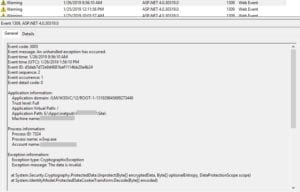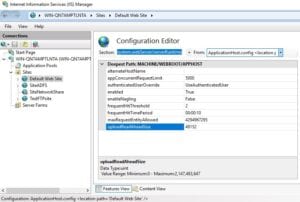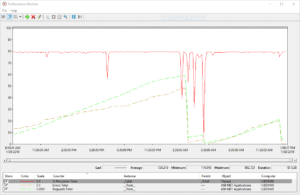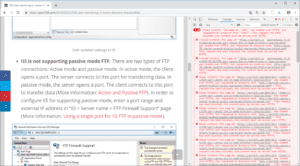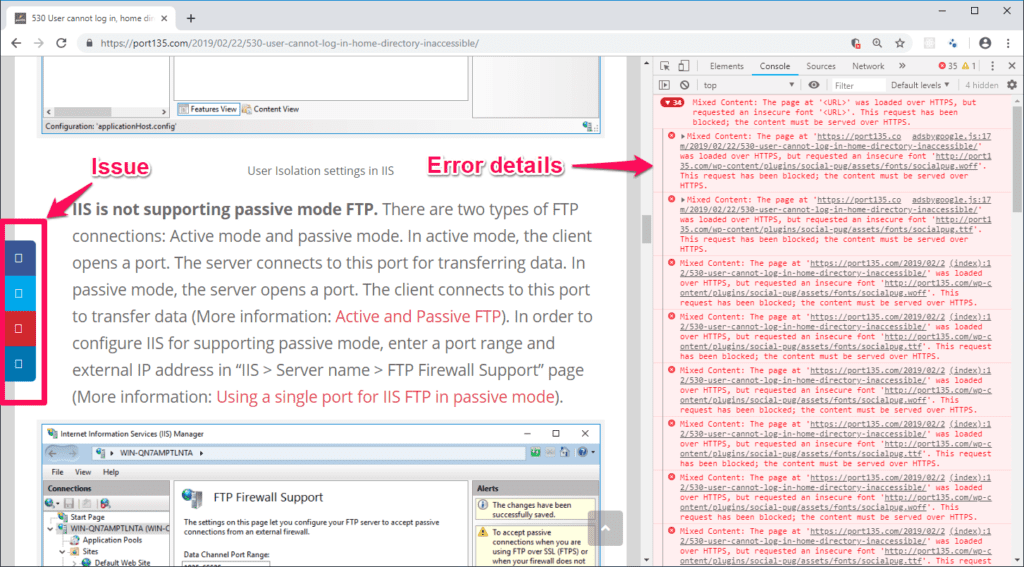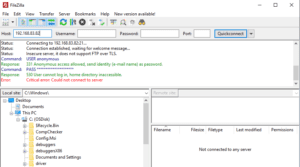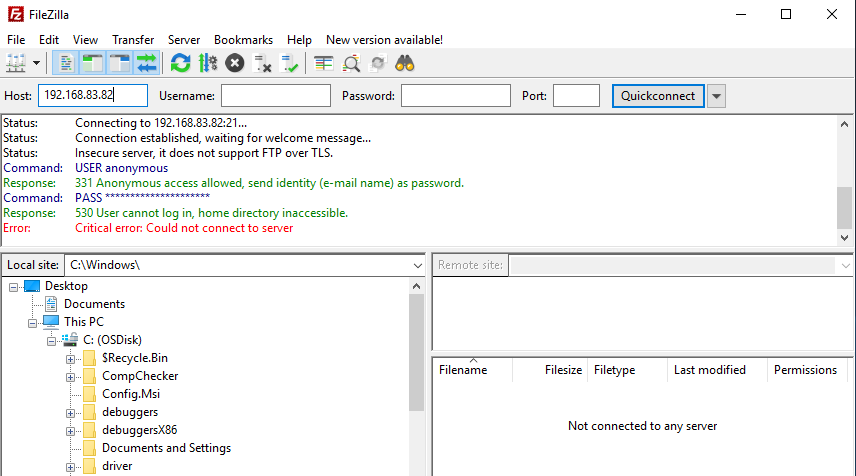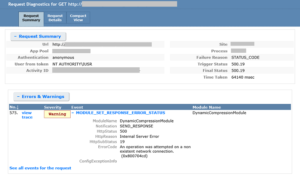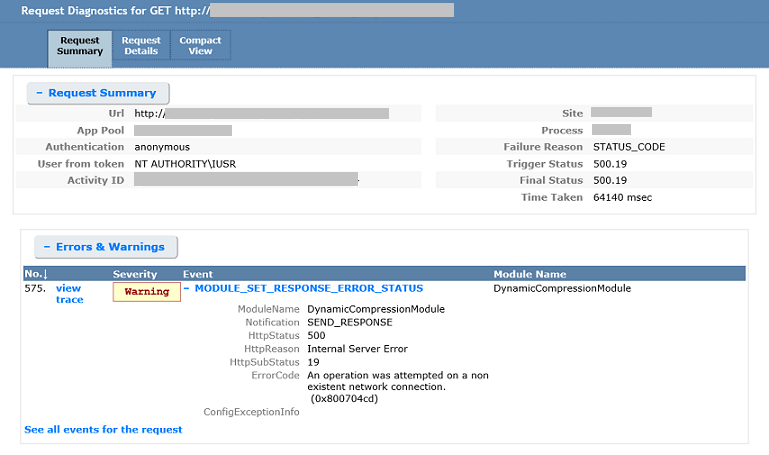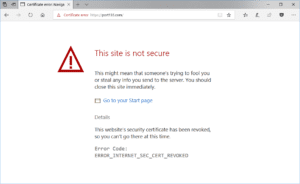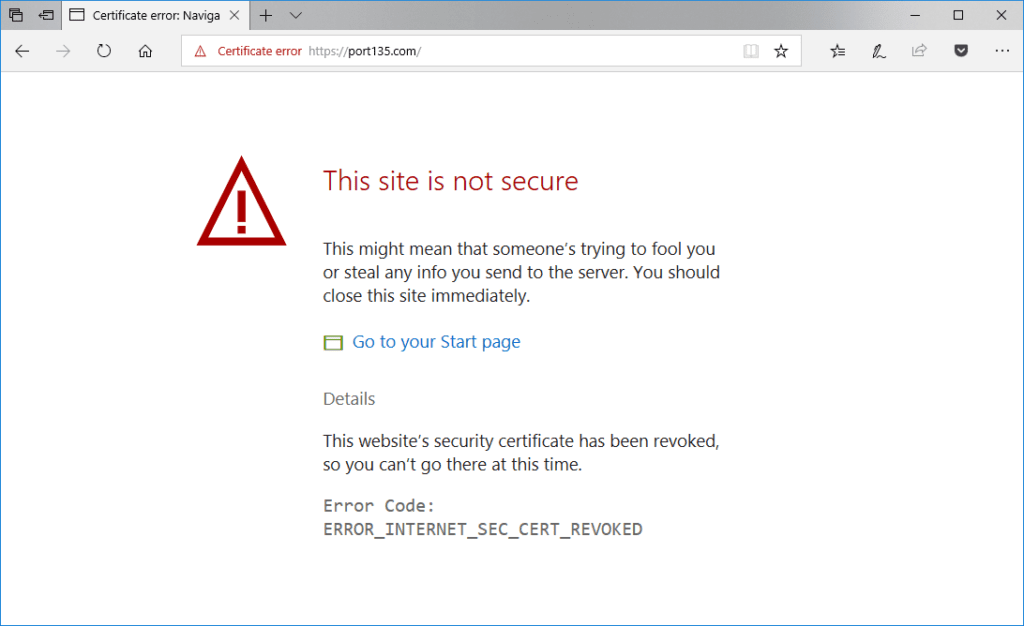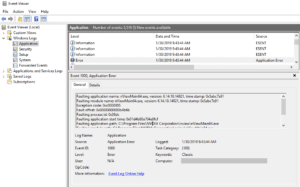When a cookie is empty and corrupt, users may run into intermittent access issues to your website. IIS may record CryptographicException (The data is invalid) error to Event Viewer for this issue. Since the issue is intermittent, there may not be a need for immediate solution. However, a root cause analysis can provide valuable information and clues to prevent future occurrences.
Here is the key part of the error message from the Application container in Event Viewer:
Event code: 3005
Event message: An unhandled exception has occurred.
Trust level: Full
Process name: w3wp.exe
Exception type: CryptographicException
Exception message: The data is invalid.
at System.Security.Cryptography.ProtectedData.Unprotect(Byte[] encryptedData, Byte[] optionalEntropy, DataProtectionScope scope)
at System.IdentityModel.ProtectedDataCookieTransform.Decode(Byte[] encoded)
